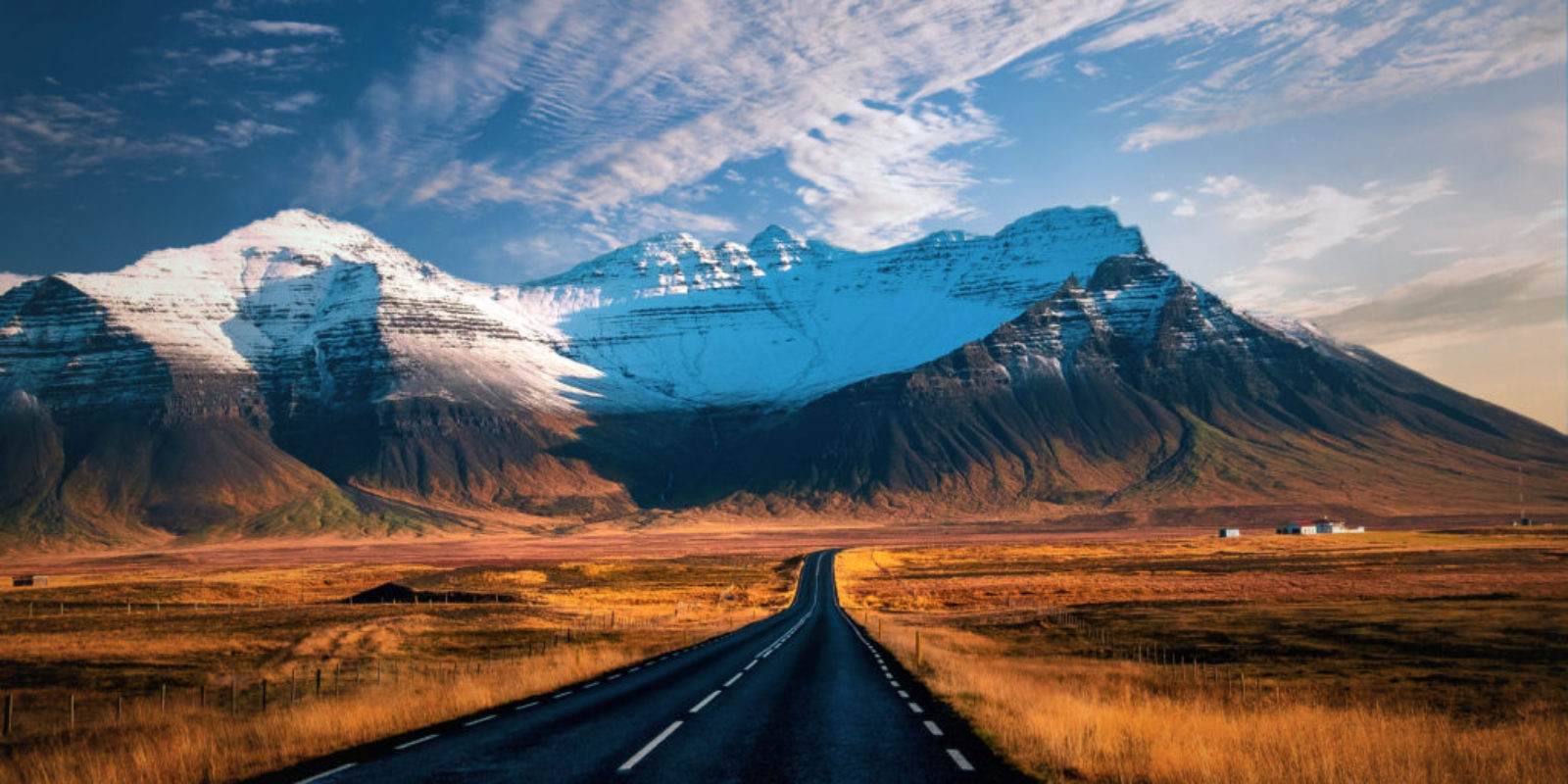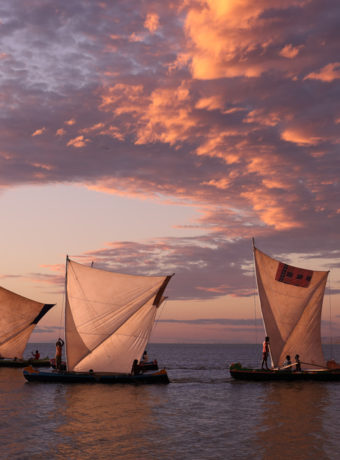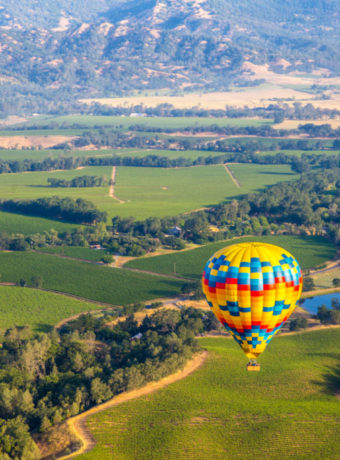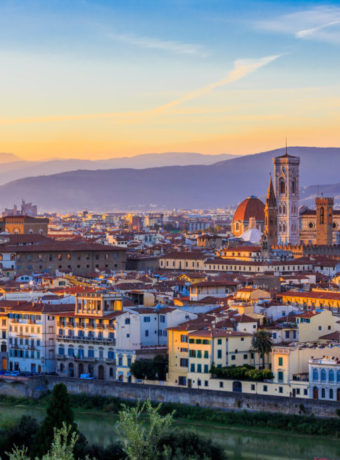For travellers with more time to explore the land of fire and ice, Iceland’s ring road is a great itinerary. The ring road is the main highway that circumnavigates Iceland. It is easiest to navigate in the summer – June to September. However, it is possible to drive it in the winter, you just need to allow more time.

Iceland’s ring road
An itinerary around Iceland’s ring road incorporates a lot of major sites. There are plenty of others that are not on the main highway. The Blue Lagoon, the Golden Circle, the Snæfellsnes peninsula, and the Icelandic highlands are all exceptional detours. So are the eastern fjords and the Westfjords. Many people set off from Reykjavik, and a typical itinerary is about seven days. For anyone that wants to expand their itinerary – with one of the above detours, or some multi-day hiking treks – add at least another five to seven days!
There so many wondrous things along the ring road that I couldn’t list all of them here! I really want to stick with the major highlights. For a more detailed list, check out this Guide to Iceland.
There is no right or wrong in which direction you drive the ring road. Worth noting here to be sure to check the weather before travelling. Conditions can change quickly in Iceland, even in the summer.
The south

The southern ring road is home to some impressive waterfalls, stunning black sand beaches, and exciting ice caves. Most of the waterfalls are found in the southwest of the country. These include Seljalandsfoss and its hidden sister Gljufrabui, Skogafoss, and Skaftafell. Both Reynesfjara and Diamond Beach are popular too; these black sand beaches have a dangerous reputation though, so be careful when visiting. The ice caves, at Jokulsarlon, are only accessible in the winter.
The east
Iceland’s eastern ring road region has some of the country’s only wild reindeer. These non-so-Rudolph-like creatures were imported, but some escaped and now the herd runs free. Basalt columns – like those from the Isle of Staffa in Scotland’s Inner Hebrides – surround many of Iceland’s waterfalls. You’ll spot the distinctive geological formations at Skaftafell in the south and Hengifoss in the east.

The north
North Iceland is home to the gates of hell, if you believe some of the tales told here. Don’t miss the hot springs, the gorgeous lakes, and the most powerful waterfall in Europe, Dettifoss. The only major town in the north, Akureyri, is a great place to base for whale watching.

The west
Most of West Iceland’s attractions aren’t right on the main ring road, and therefore require some (sometimes lengthy) detours. The Snæfellsnes peninsula, the Westfjords, and the lava waterfalls at Hraunfossar are all worth visiting.
Inland Iceland
The inlands of Iceland are a highlight in themselves. Most locals will suggest a few extra days to see it properly. However, if you have hiking on your to do list, then add even more time. Landmannalaugar is a stunning destination to explore, and you’ll be glad of the extra time!
Virtuoso does the ring road
There are a few great ways to do the ring road. The first is by self-driving. This is of course the ideal way to see the country, as you can stop whenever and wherever you like. The second option, one that still allows you the flexibility to stop anywhere, is the private guided tour. You’ll have your own driver with a 4WD vehicle who can take you along the ring road.

Other options include a bus tour, which is great for people who want to learn a lot about the country. It’s not ideal for those who like to do their own thing! No matter which option you choose, there are some amazing Virtuoso partners here who help me craft the perfect itinerary for my clients.
|| Reykjavik || Golden Circle ||



